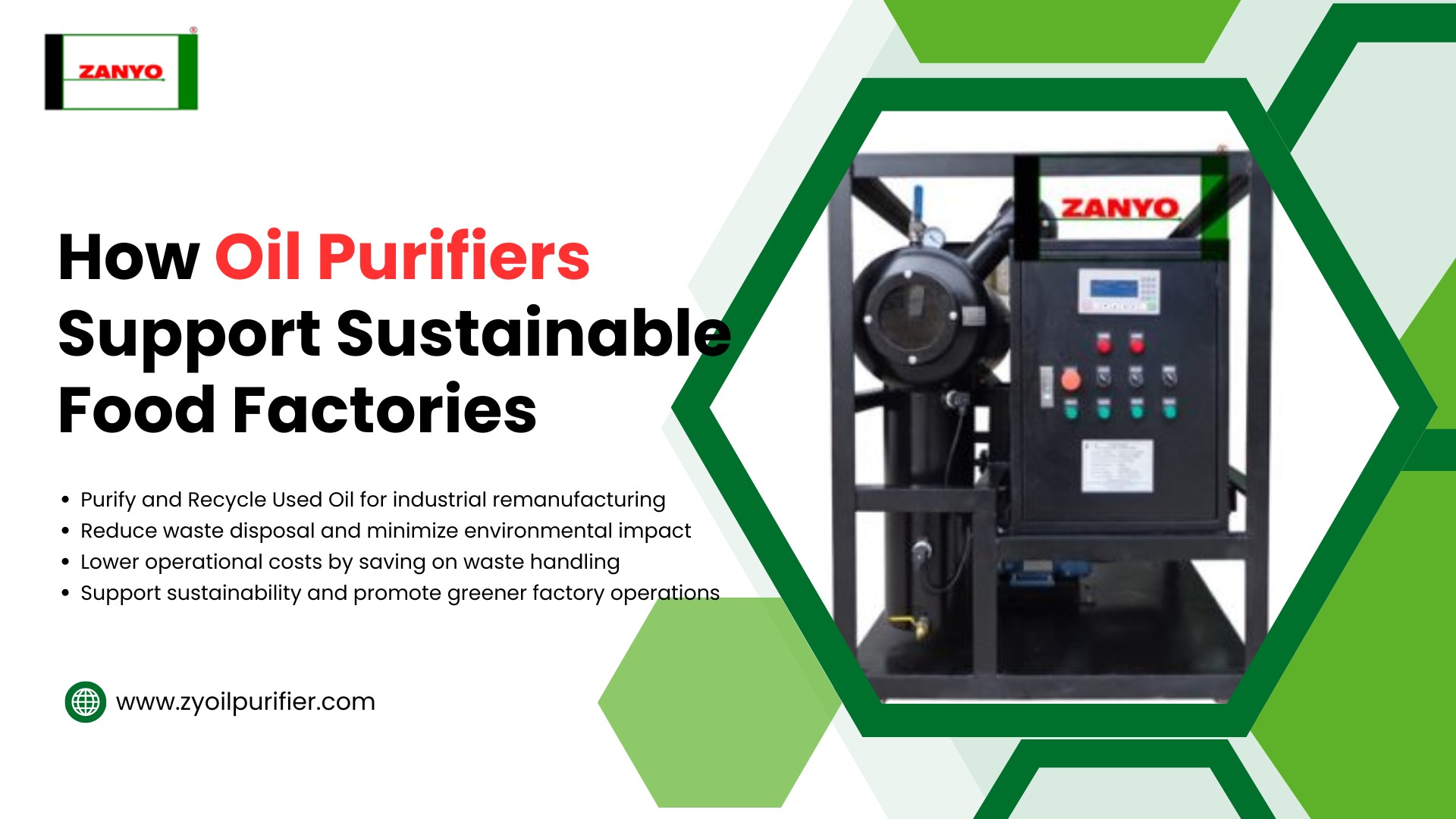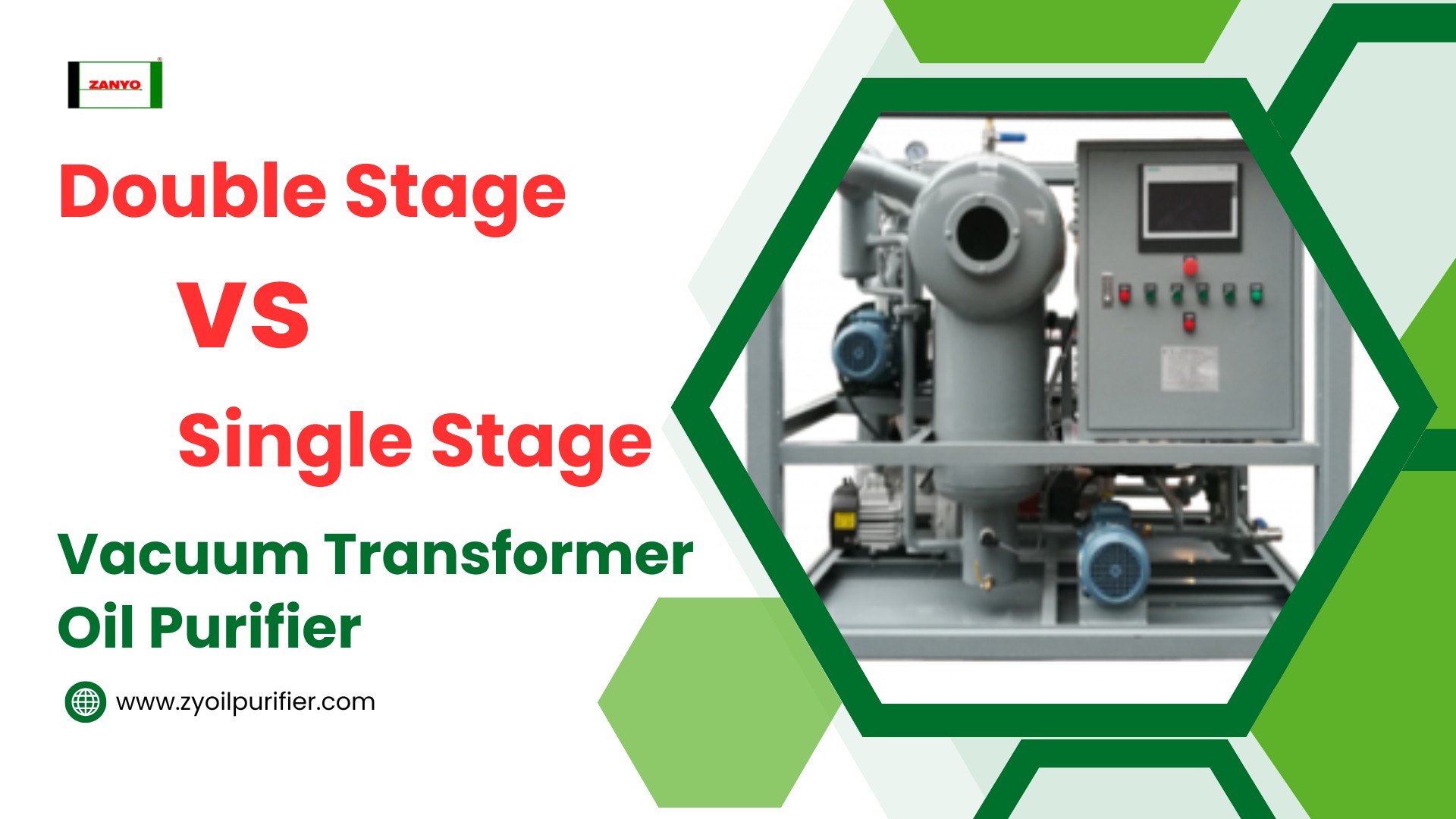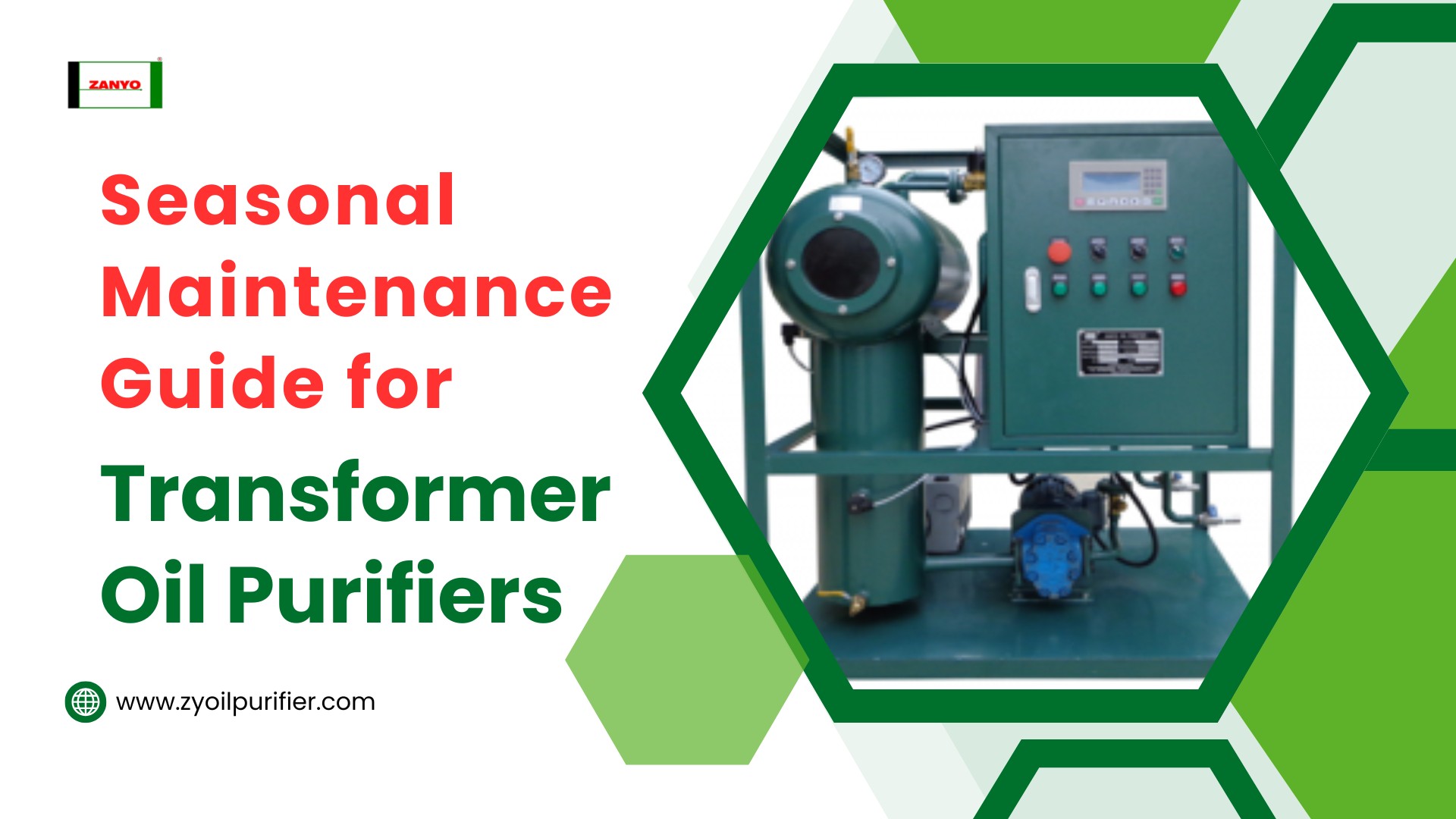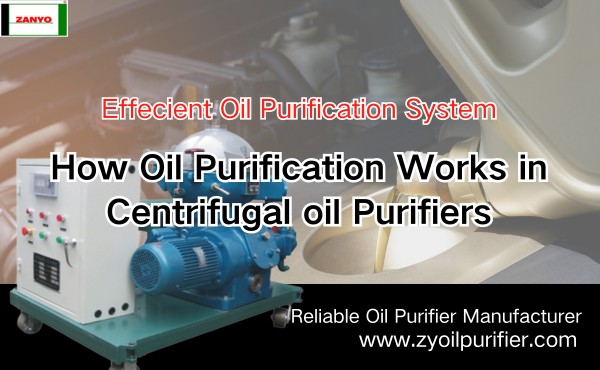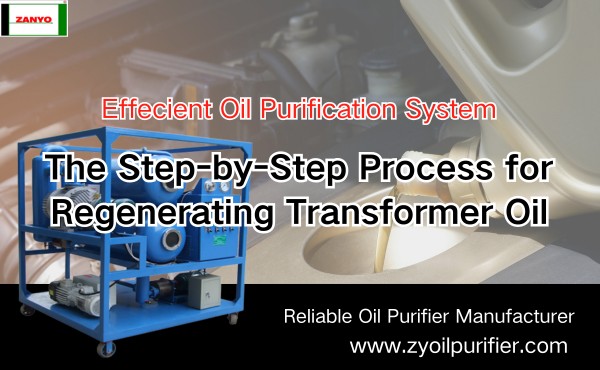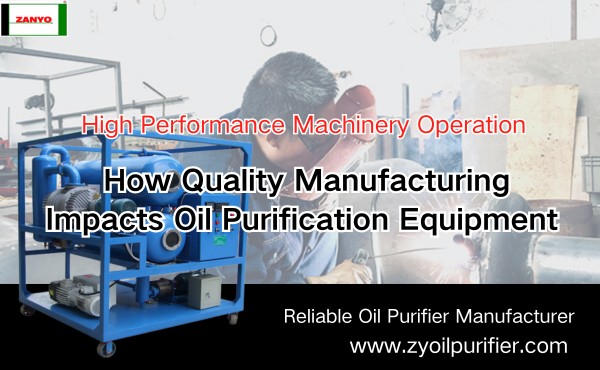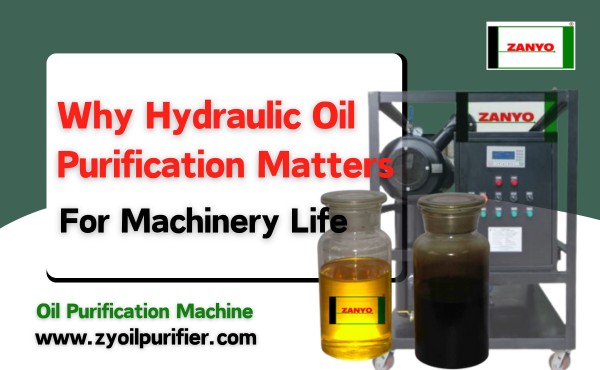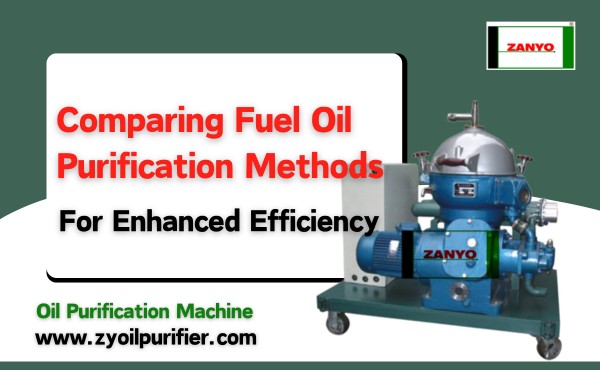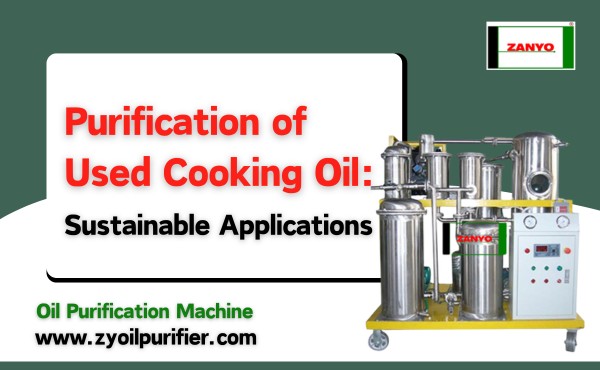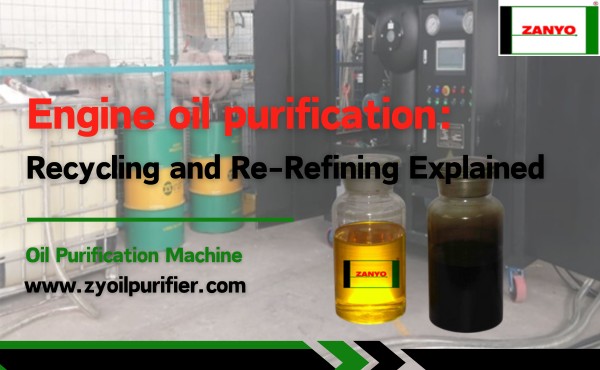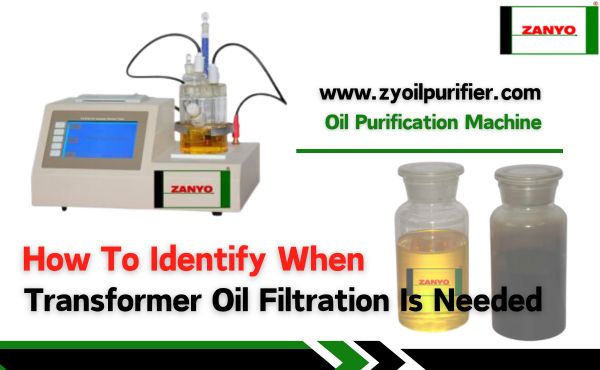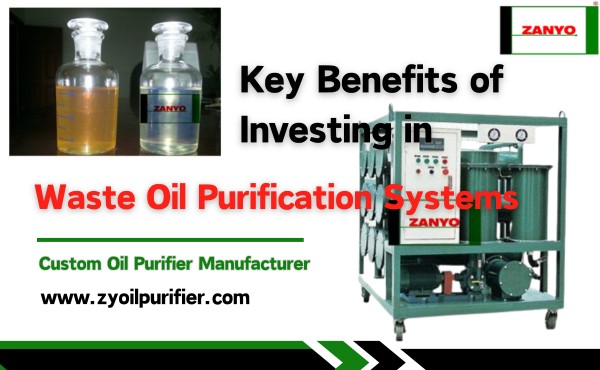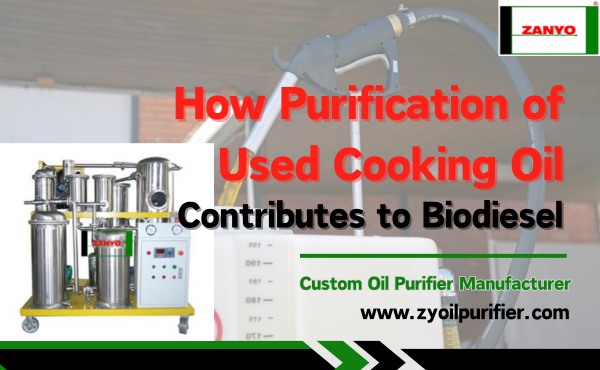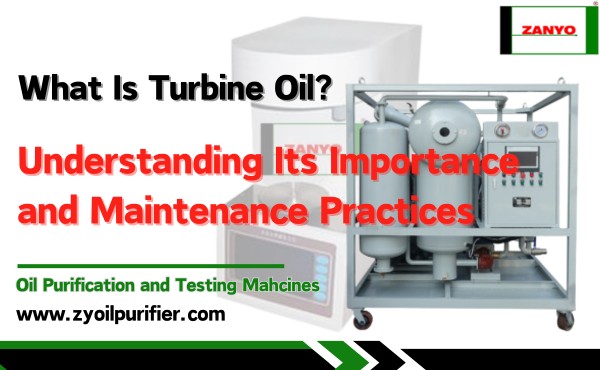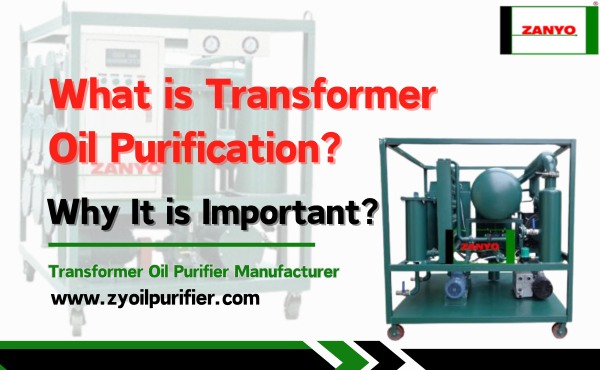In many industrial processes, the separation of oil and water is crucial for maintaining efficiency and ensuring the purity of oil. While these two liquids are immiscible, separating them can be challenging, especially when they are mixed or emulsified.
Advanced technologies, such as centrifugation and vacuum purification systems, offer effective solutions for this separation. These methods leverage principles of density differences, heat, and pressure to isolate oil from water with high precision.
In this article, we’ll explore the science behind these technologies and how they are used to efficiently separate oil and water.
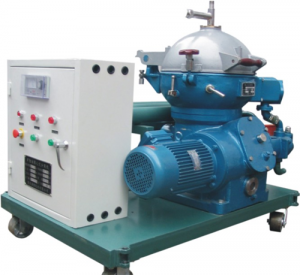
Why Separates Oil and Water
Environmental Protection
One of the primary reasons for separating mixtures of oil and water is environmental protection. In industrial settings, wastewater often contains oil contaminants. If released untreated, this mixture can harm aquatic ecosystems and disrupt the natural balance of water bodies. Removing oil from wastewater ensures compliance with environmental regulations and reduces ecological damage.
Resource Recovery
Another important reason involves resource recovery. Industries such as petroleum refining and food processing generate oil-water mixtures during operations. By separating these mixtures, companies can recover valuable oil for reuse, reducing waste and improving efficiency. This approach not only conserves resources but also lowers operational costs.
Equipment Maintainence
Oil and water separation also plays a vital role in maintaining equipment functionality. In machinery and pipelines, oil-water emulsions can cause corrosion, blockages, and reduced performance. Effective separation prevents these issues, extending the lifespan of equipment and minimizing maintenance costs.
Overall, separating mixtures of oil and water is a necessity for environmental sustainability, resource optimization, and equipment maintenance. Understanding the science behind this process helps industries adopt efficient and innovative solutions to address these challenges.
The Basic Principles of Oil and Water Separation
Oil-water separation relies on fundamental scientific principles to distinguish and isolate water from oil. These principles guide the separation process and ensure its efficiency across various applications. The difference in density between oil and water forms the foundation of most separation techniques. Oil, being less dense, naturally floats on water.
Oil and water are immiscible, meaning they do not mix at a molecular level. This characteristic simplifies the separation process, as the two substances naturally form distinct layers. However, emulsions—where oil droplets are dispersed in water—require advanced techniques to achieve separation.
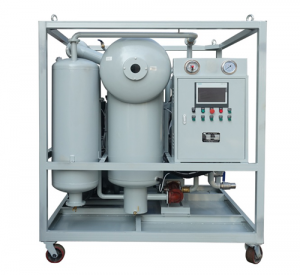
How to separate oil and water
Heat
Heat is a widely used method for separating mixtures of oil and water, especially when dealing with oil and water emulsions. Applying heat reduces the viscosity of oil, making it less resistant to flow. This change allows oil droplets to coalesce more easily, forming larger droplets that separate from water more effectively.
Heating also accelerates the natural separation process by increasing the density difference between oil and water. As the temperature rises, water becomes denser while oil remains relatively unaffected. This enhanced density contrast helps oil rise to the surface more quickly.
Gravity
Gravity-based separation is one of the simplest and most cost-effective methods for separating mixtures of oil and water. This technique relies on the natural density difference between the two substances. Oil, being less dense, floats on water, forming a distinct layer that can be easily removed.
In Oil-water separation systems, oil-water mixtures are allowed to sit undisturbed. Over time, gravity causes the oil to rise to the surface, where it can be skimmed off or collected. This method works well for free oil but may struggle with oil and water emulsions.
Gravity separation is environmentally friendly and requires minimal energy input. However, it may not be suitable for applications requiring rapid or highly efficient separation. Combining gravity with other advanced filtration methods, often yields better results.
Advanced Techniques for Separating Oil and Water
Membrane Filtration
Membrane filtration is a highly effective method for separating water from oil. This technique uses specialized membranes to separate an oil and water emulsion by exploiting differences in particle size and surface properties. The membranes act as selective barriers, allowing clean water to pass through while retaining oil droplets.
The filtration process relies on pressure to push the mixture through the membrane. The membrane’s pore size determines its ability to filter out oil particles. Smaller pores are more effective for separating mixtures with fine oil droplets.
Membranes can be made from materials like polymers or ceramics. Polymer membranes are cost-effective and versatile, while ceramic membranes offer durability and resistance to harsh conditions. Selecting the right membrane depends on the nature of the oil and water mixture and the desired level of separation.
Centrifugation
This technology leverages centrifugal force to separate oil and water mixtures. This method involves spinning the mixture at high speeds in a centrifugal oil purifier. The intense rotational force pushes denser water outward, while lighter oil moves toward the center.
Centrifugation requires significant energy input. Industries must weigh the benefits of speed and efficiency against operational costs. Regular maintenance of the centrifuge is also crucial to ensure consistent performance.
Vacuum
Vacuum technology offers another advanced solution for separating mixtures of oil and water. This method involves creating a low-pressure environment to enhance the separation process.
The reduced pressure lowers the boiling points of both oil and water, allowing them to separate more easily when heat is applied. Thus, advanced vacuum purification systems generally include a heating device for more efficient separation of oil and water.
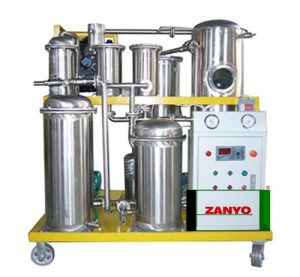
Conclusion
The separation of oil and water is an essential process across various industries, driven by environmental, resource recovery, and equipment maintenance needs. Whether utilizing gravity, heat, or advanced techniques such as membrane filtration, centrifugation, or vacuum purification, the goal is to efficiently isolate oil from water while minimizing waste and protecting the environment.
Each method has its own strengths and is chosen based on the specific characteristics of the mixture and the desired outcome. As technology continues to evolve, industries will benefit from increasingly efficient, sustainable, and cost-effective solutions for oil and water separation.

